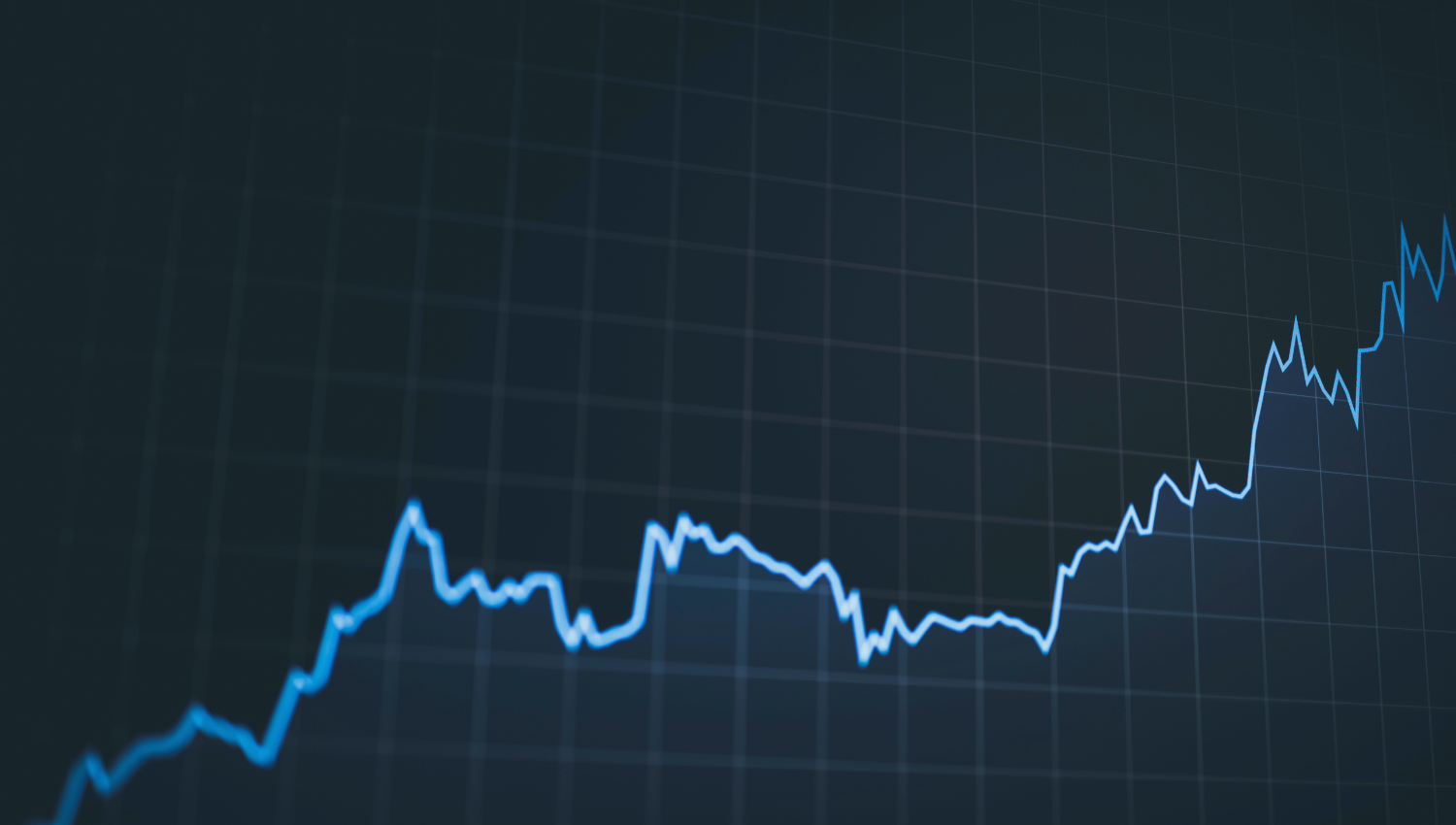Market Analysis through Fundamentals and Technical Analysis for Currency Pairs

In the dynamic world of foreign exchange (forex) trading, market analysis stands as the backbone of successful trading strategies. Forex market analysis can be broadly categorized into two types: fundamental analysis and technical analysis. Each approach offers unique insights and methods for examining currency pairs, helping traders make informed decisions.
Fundamental Analysis: Understanding the Economic Underpinnings
Fundamental analysis in forex involves studying the economic, social, and political forces that may affect currency prices. The core belief behind this approach is that a currency's value is reflective of its country's economic health and monetary policies.
Economic Indicators: Traders look at indicators such as GDP growth rates, employment levels, manufacturing activity, and interest rates. For instance, a rise in the U.S. employment rate can lead to a stronger USD as it suggests economic robustness.
Political Stability and Economic Performance: Political events such as elections, policy changes, and international negotiations can cause significant volatility. For example, Brexit had profound impacts on the GBP and EUR, illustrating how geopolitical instability can affect currencies.
Interest Rates: Central bank decisions on interest rates are pivotal. A higher interest rate typically boosts a currency due to an influx of investments in that country’s assets offering higher returns.
By analyzing these factors, traders can predict long-term trends in currency pairs, making fundamental analysis particularly useful for position traders or investors looking at a longer timeframe.
Technical Analysis: Charting the Price Movements
Technical analysis differs fundamentally from its fundamental counterpart by focusing exclusively on price movements and trading volumes, rather than external data. This analysis is predicated on the idea that all necessary information is already reflected in the price.
Price Charts and Patterns: Technical analysts study price charts to identify patterns that can suggest future movements. Common patterns include head and shoulders, flags, and double tops.
Technical Indicators: These include tools like moving averages, Relative Strength Index (RSI), and MACD. For example, moving averages help identify trends, while RSI measures overbought or oversold conditions.
Candlestick Patterns: Originating from Japan, candlestick patterns are highly valued for short-term predictions. Patterns such as the “doji” or “hammer” can indicate reversals or continuation of trends.
Technical analysis is highly favored by day traders and those involved in scalping, as it helps in making quick decisions based on the ongoing price activity.
Combining Fundamental and Technical Analysis
While some traders prefer one analysis method over the other, combining both approaches can provide a more comprehensive view of the forex market.
Strategic Integration: For example, a trader might use fundamental analysis to decide which currency pair to trade based on upcoming economic announcements and then use technical analysis to precisely time their trades based on identified patterns.
Cross-Verification: Technical setups can be confirmed through fundamental news, and vice versa, reducing the risks associated with forex trading.
Conclusion
In conclusion, both fundamental and technical analyses are crucial for trading currency pairs effectively. Fundamental analysis offers a macro-view of economic conditions affecting currency values, while technical analysis provides the tools to make precise trading decisions based on price movements. The integration of both methods into a coherent trading strategy can significantly enhance the chances of success in the forex market. By understanding and applying these techniques, traders can better navigate the complexities of forex trading and improve their market predictions.

